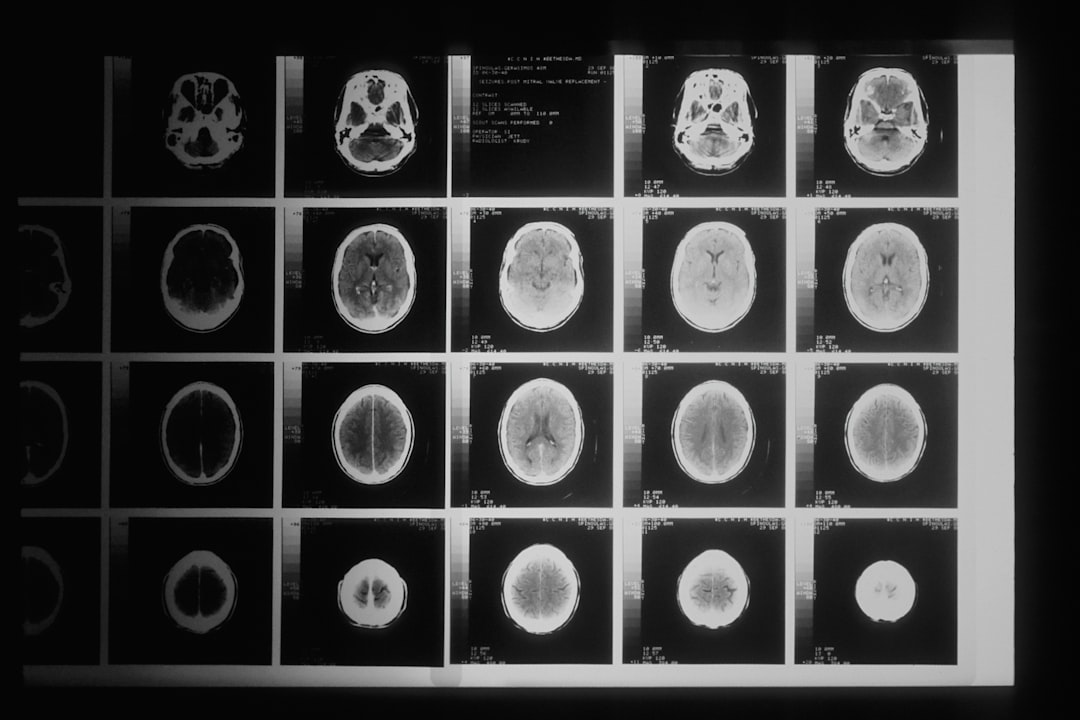What is it about?
By using a droplet-based, multi-phase microfluidic system, the team was able to efficiently print finely-tuned flexible materials with potential applications in soft robotics, tissue engineering and wearable technology
Featured Image

Photo by ANIRUDH on Unsplash
Why is it important?
Most traditional extrusion-based 3D printers, printing material is pushed through a nozzle and added to the structure repeatedly until the product is complete. While this is efficient and cost-effective, it makes it hard to print structures made of more than one material and getting the right amount of softness can be challenging. Wan’s group noticed that this nozzle was similar to the glass capillary microfluidic devices they had been studying, which involve multiple nozzles placed inside of each other, and realized they had a new application for the technology.
Perspectives
Though microfluidic-based 3D printing has been done before, Wan’s group is the first to use this droplet-based multiphase emulsion approach. The team is already looking into potential applications and learning what other combinations of materials they can use to change the mechanical or chemical properties of 3D-printed products. They think the work could have applications in bioprinting and wearable electronics like smart fabrics.
jiandi wan
University of California, Davis
Read the Original
This page is a summary of: On-demand modulation of 3D-printed elastomers using programmable droplet inclusions, Proceedings of the National Academy of Sciences, June 2020, Proceedings of the National Academy of Sciences,
DOI: 10.1073/pnas.1917289117.
You can read the full text:
Resources
Contributors
The following have contributed to this page










